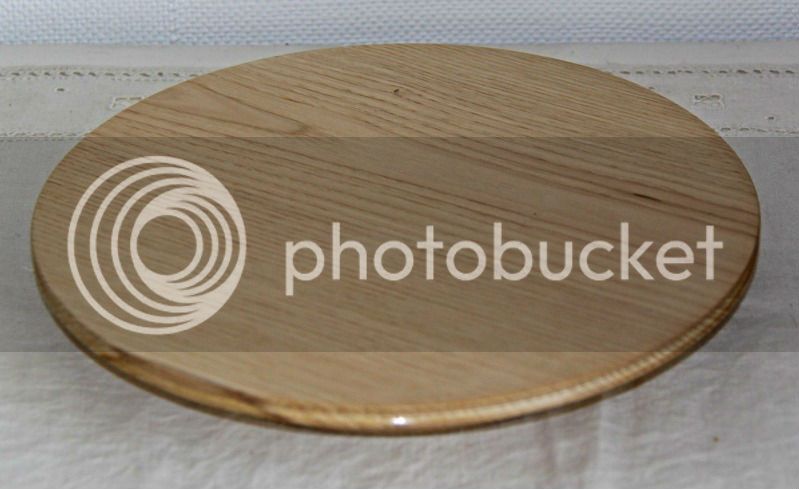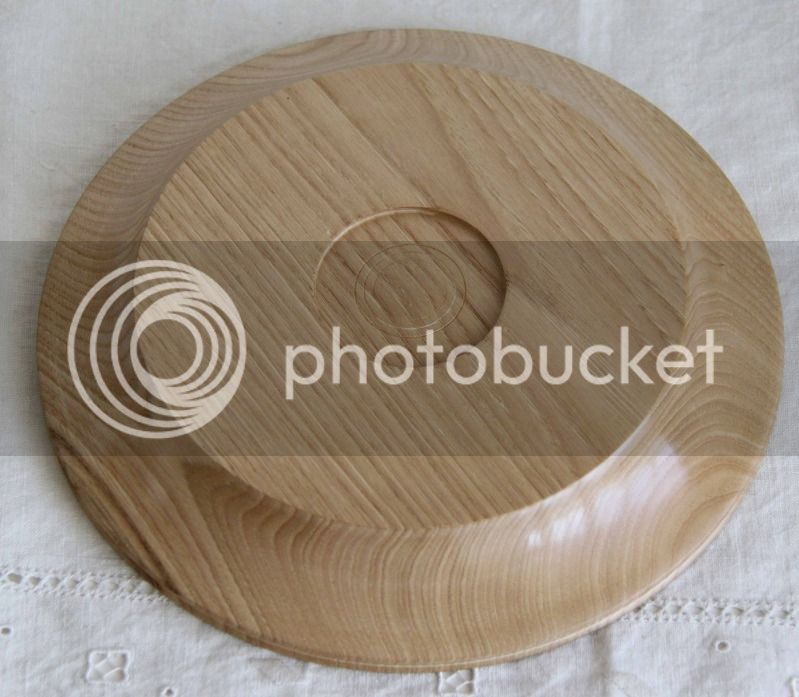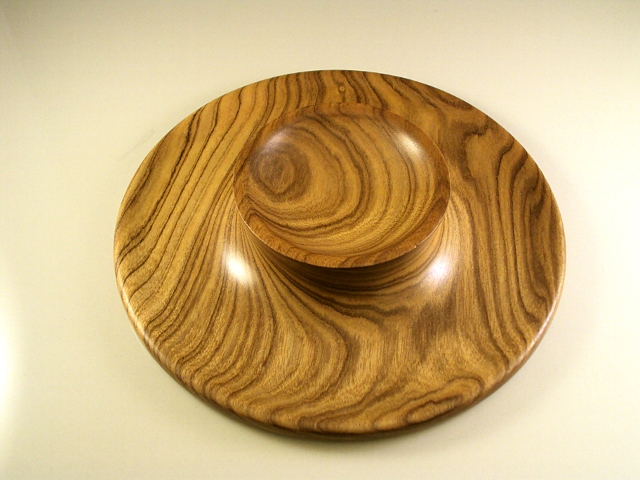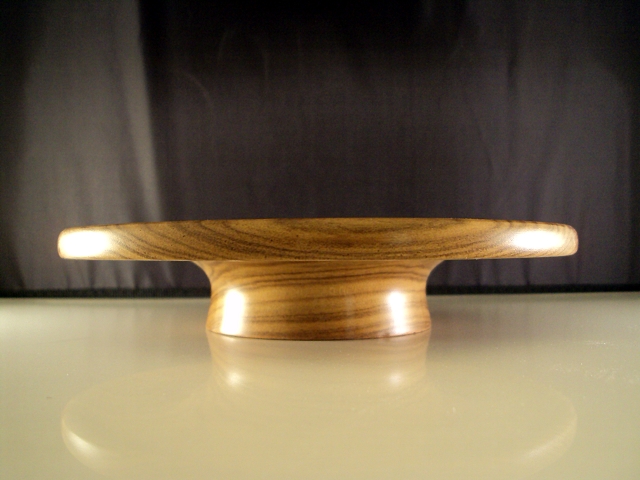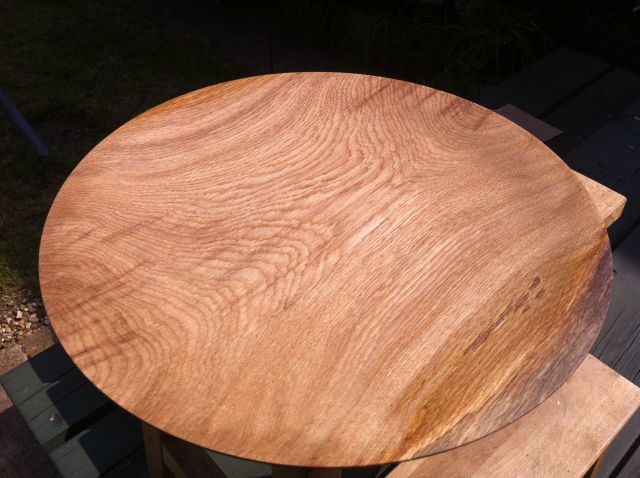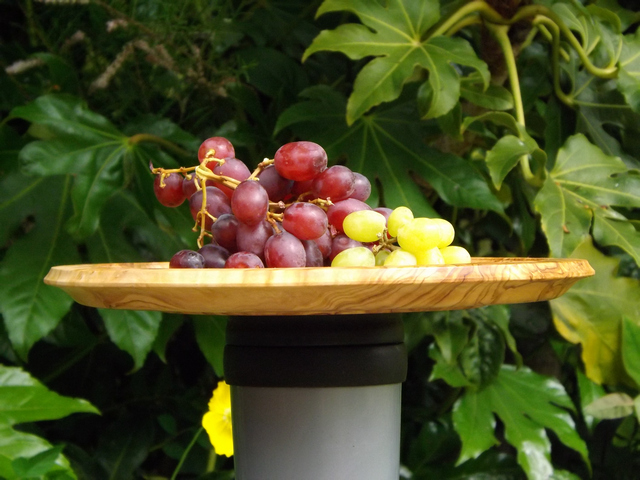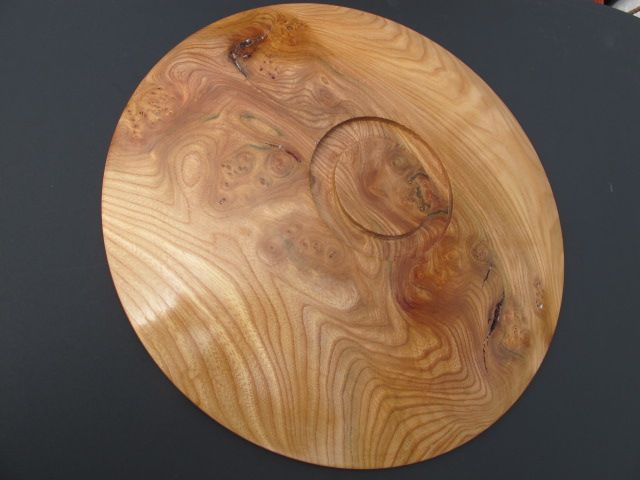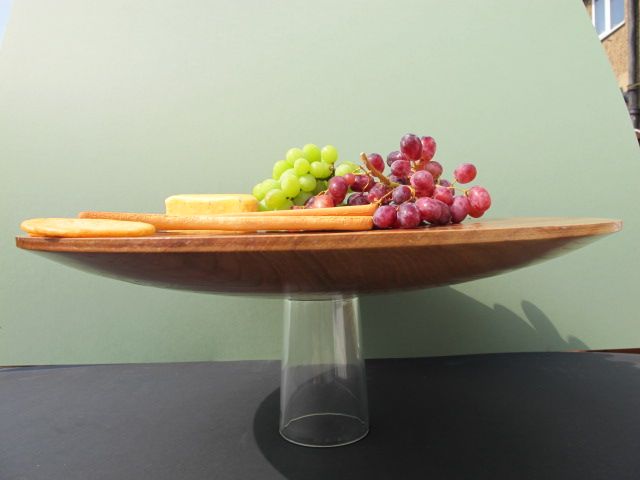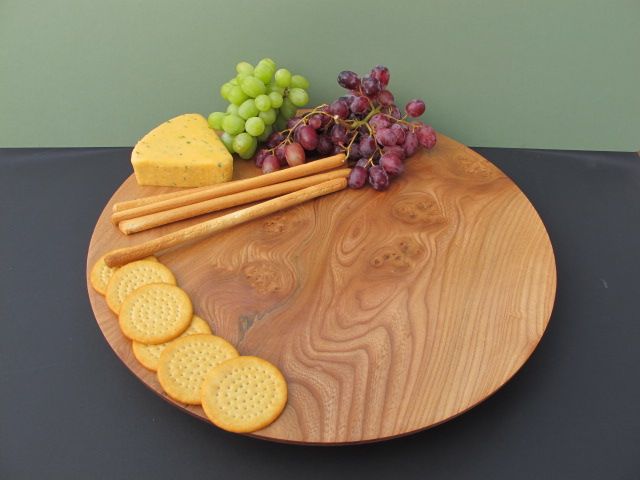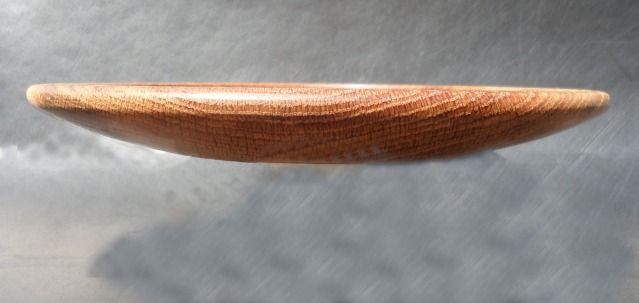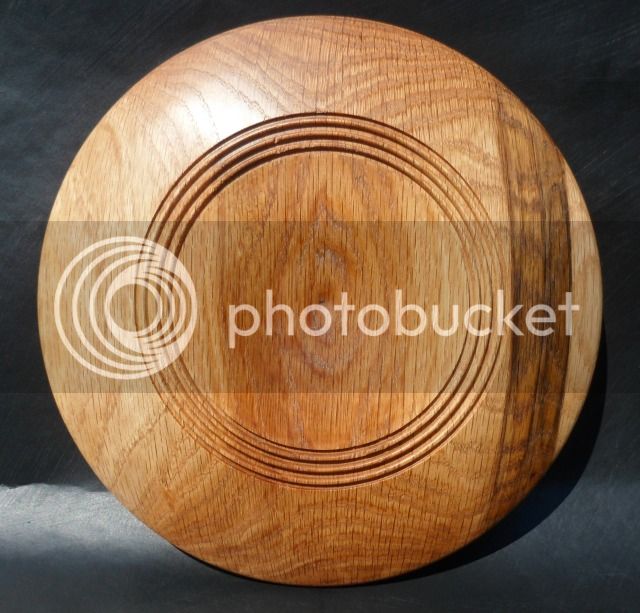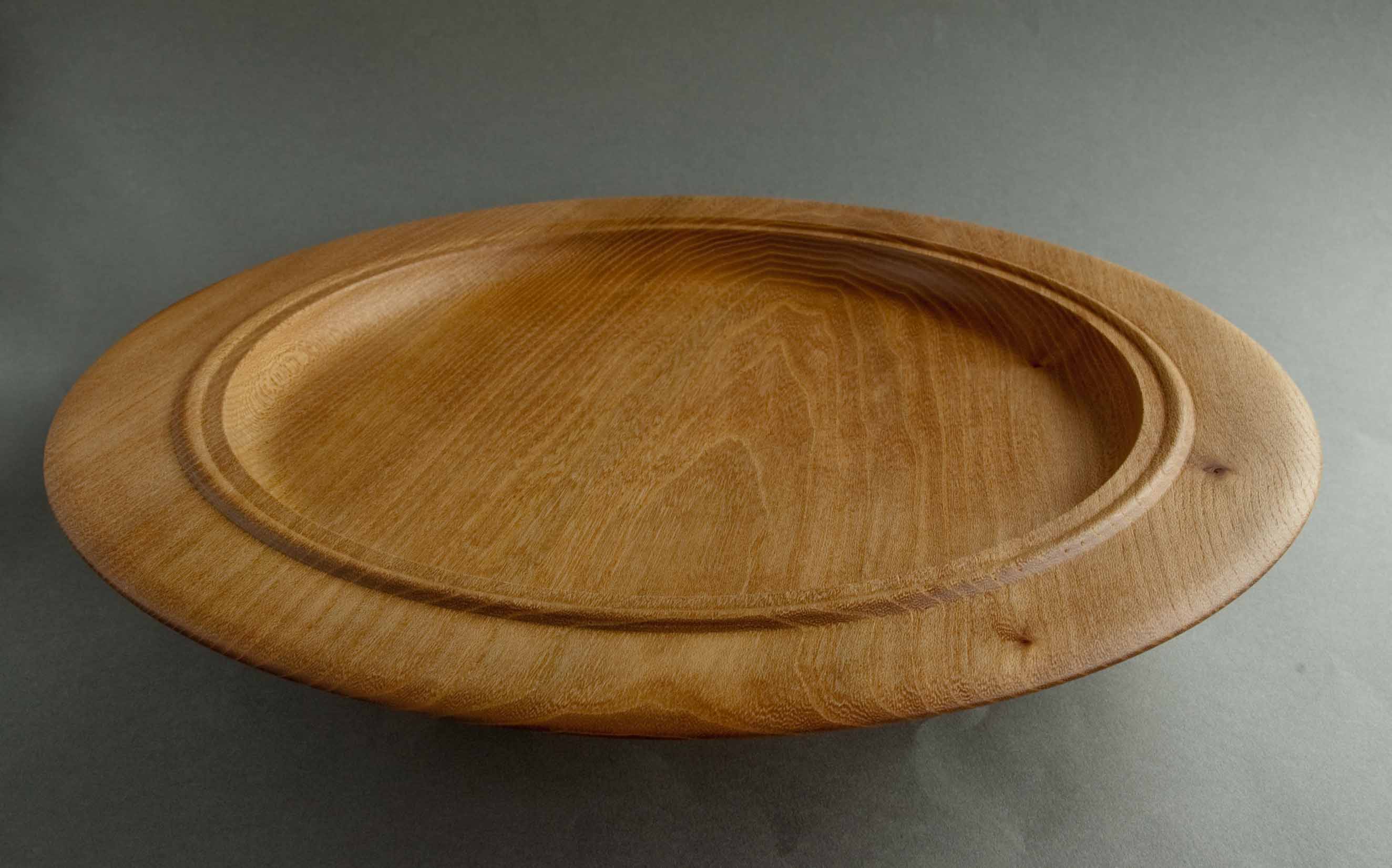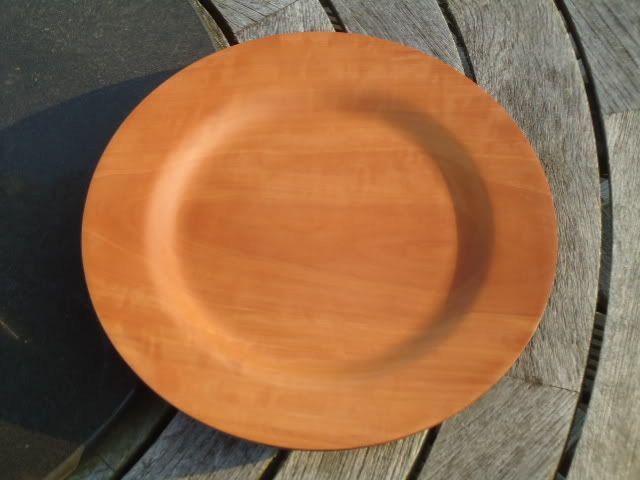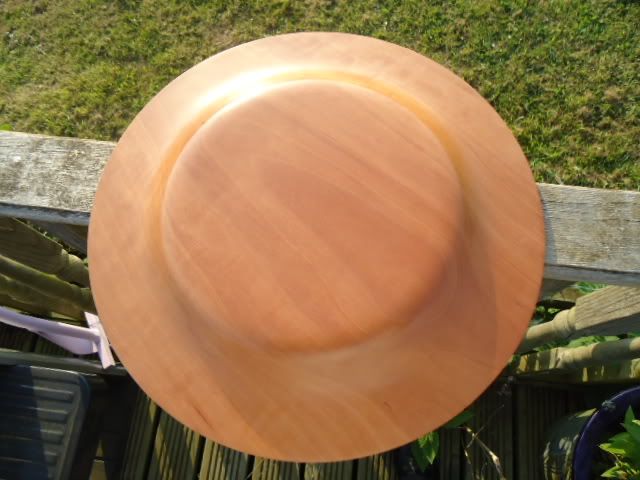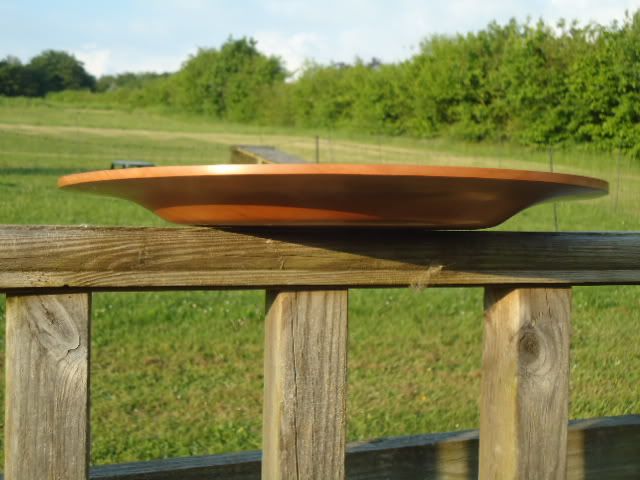Hi everyone, out project for the 2012 May Challenge is a Platter ( for the presentation of food )
Our Judge for May will be Paul
Must be New work for this Challenge
The Platter can be made from wood Type ( wood choice will be considered in the Judging )
Can be any diameter
Must be lathe turned
Colouring / textured / burning / piercing / carving not allowed
Must be fit for purpose and hygienic as it is intended for the presentation of food
No multiple segmented turning
Any entry's that are outside the rules and requirements will not be judged
The Judges decision is final ( Any negative comments re judging must be via PM only and not on the open forum )
NO Critique or comments on any work until June Please, After the Judging and results.
Please state wood type if known, dimensions and a little about how you made it and what tools and finish you used ( this helps the judge )
Please post 3 images of your work / entry ( optional if you want to include food in the photos )
1 showing a profile image
1 showing your entry looking down from above
1 showing the bottom ( I said bottom :mrgreen: ) underneath of your entry
Image size please use image size 640 x 480 0.3 mp, same previous months
When your entry is ready please go to our new scoreboard http://ukwturningcomp.co.uk/
Log in to your account and mark yourself as ready by 10 pm on the 27th May after this time the scoreboard will be locked
Entry’s to be uploaded from 10pm on 27th May up until 10pm on the 29th May . after this time the thread will be locked for Judging
Results will be given on or before 31st May
Good luck everyone
Roundup of Entries
Our Judge for May will be Paul
Must be New work for this Challenge
The Platter can be made from wood Type ( wood choice will be considered in the Judging )
Can be any diameter
Must be lathe turned
Colouring / textured / burning / piercing / carving not allowed
Must be fit for purpose and hygienic as it is intended for the presentation of food
No multiple segmented turning
Any entry's that are outside the rules and requirements will not be judged
The Judges decision is final ( Any negative comments re judging must be via PM only and not on the open forum )
NO Critique or comments on any work until June Please, After the Judging and results.
Please state wood type if known, dimensions and a little about how you made it and what tools and finish you used ( this helps the judge )
Please post 3 images of your work / entry ( optional if you want to include food in the photos )
1 showing a profile image
1 showing your entry looking down from above
1 showing the bottom ( I said bottom :mrgreen: ) underneath of your entry
Image size please use image size 640 x 480 0.3 mp, same previous months
When your entry is ready please go to our new scoreboard http://ukwturningcomp.co.uk/
Log in to your account and mark yourself as ready by 10 pm on the 27th May after this time the scoreboard will be locked
Entry’s to be uploaded from 10pm on 27th May up until 10pm on the 29th May . after this time the thread will be locked for Judging
Results will be given on or before 31st May
Good luck everyone
Roundup of Entries














